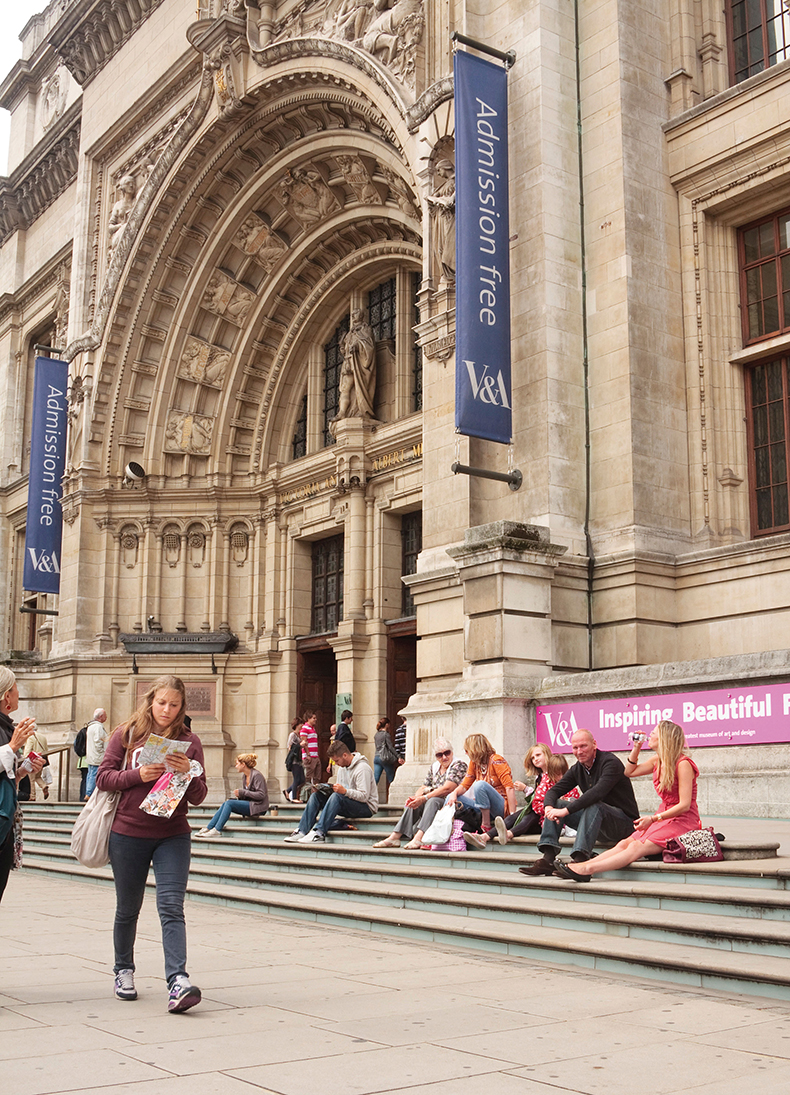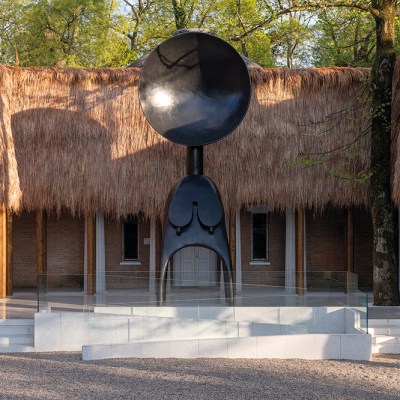From the June 2024 issue of Apollo. Preview and subscribe here.
One part of the culture wars battlefield that has remained curiously calm over the last few years is the question of free entry to UK national museums. The 1997 Labour Party manifesto committed Tony Blair’s government to introduce open admission to those museums and galleries sponsored directly by the Department for Culture, Media and Sport. Since its implementation in 2001, this policy has become a hallowed feature of modern British cultural life. Even as a general election looms, the political consensus is absolute: free entry must remain.
But after a decade of austerity in public funding, how viable is this policy for the functioning of British galleries and museums – from National Museums Liverpool, to the Royal Armouries and the V&A – in the long run? My fellow UK museum directors and I certainly look on enviously at the sharp fee increases that now see entry to the Metropolitan Museum set at $30, the Louvre at €22 and the Uffizi at €25, and the impressive investment that flows from these.
The social contract between British museums and the state which initially underpinned Labour’s reforms was that lost ticketing income would be made up for by government subsidy. At the same time, museums would, rightly, have a responsibility to grow their self-generated income. But the arts consultant Eliza Easton has shown that, taken across all major areas of support, overall public investment in the arts in England and Wales fell by 21 per cent from 2009/10 to 2020/21. This means that cultural institutions in the UK face a double bind of falling real-terms state support, plus the widening comparative advantage of our international colleagues. And the disparity is beginning to grate.
When it comes to exhibition development, access and interpretation, education programmes, engagement with contemporary practitioners, community co-production and digital innovation, UK museums remain world class. By contrast, the state of our permanent galleries, historic buildings, infrastructure, back of house facilities, salary levels and even research capacities shows we are at risk of falling behind as resources increasingly fail to match need. This is the important but unsexy stuff that is hard to entice donors for.
What makes the situation particularly frustrating is that, in many ways, the UK mixed-economy model is a blessing. With public subsidy making up only one part of our budgets, national museums are not over-dependent upon the state and remain relatively immune to ministerial whims. Thankfully, that means none of those terrible ‘Year of Friendship’ diplomatic displays that French museums sometimes put on; or self-defeating German government edicts outlawing various verboten artists; or, even worse, the exquisitely choreographed chaos of Italian cultural appointments. Nor do we have the US pay-to-play board of trustees system, with all its attendant social and ethical pitfalls.
What is more, there have been such obvious successes to the free entry policy. In the first year after open admission was introduced, visitor figures to the V&A rose by 111 per cent, from 1.1m to 2.3m a year. Today, our entrance numbers stand at 3.3 million and we regularly join our friends at Tate, the British Museum and the National Gallery among the world’s most visited museums.
Visitors on the steps of the Victoria and Albert Museum, London, which they can enter without charge. Photo: Timothy Budd/Alamy Stock Photo

Of course, free entry has never been a panacea. Since its introduction, diversifying audiences has shown itself to be far more dependent upon programming and the removal of invisible racial or social barriers than admission prices. Some of Britain’s pay-to-enter museums – not least the Black Country Living Museum – have a far more impressive track record in widening access than many free nationals.
At the V&A, the trustees and I have no desire to return to charging entrance fees. With improved visitor numbers, we see a successful financial return in secondary spend across our shops and cafes, as well as the purchase of special exhibition tickets and, crucially, memberships. This stands alongside a strong commercial operation, from events hires and patrons to commercial sponsorship and generous acts of philanthropy. For a museum born of that commercial extravaganza, the 1851 Great Exhibition, an entrepreneurial ethos feels instinctive. Yet with this financial requirement comes the responsibility to retain our mission as a public institution with a scholarly ethos and not to allow income demands – on programming or partnerships – to override our civic calling.
Not every institution is lucky enough to have a collection or a reputation as strong as the V&A’s, or a central London location. The last decade has been especially brutal for English regional museums, with cuts in local authority funding leading to highly significant galleries in Birmingham, Nottingham, Leicester and elsewhere at risk of closure. Falling public subsidy and the absence of regional philanthropy has proven critical, and the contrast with regional peers in Europe or the United States is increasingly stark.
With neither the Conservatives nor Labour likely to propose the return of admission fees ahead of this year’s election, what options remain? It would be nice to think that there could be proper increases in government funding but, given the state of the UK’s public finances, that seems unlikely. Ending the real-terms cuts is a bare minimum. At the same time, I would propose the following.
We are often reminded that four out of five foreign visitors to London come for the culture, of which free museums and galleries are an integral part. Post-Brexit, British tourists pay both hotel taxes and admission fees for trips to Paris, Venice, New York, Berlin and further afield. So why not allow the Mayor of London (as well as Manchester, Leeds or Oxford) to introduce an open culture levy on hotel and Airbnb rentals, with the funds ring-fenced for supporting free museums and galleries? Tourist levies are an accepted part of modern travel today. Together with proper Treasury support, they might just go some way to address the growing international disparity in museum funding.
Having once worked in Westminster, I know that political consensus can sometimes just hide a difficult reality. Free entry remains a noble and democratic principle we should retain, but without proper compensation the price could become punitive.
Tristram Hunt is director of the Victoria and Albert Museum.
From the June 2024 issue of Apollo. Preview and subscribe here.



